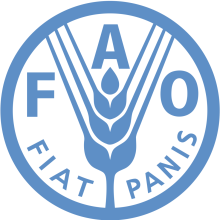Resource information
Several Indonesian plywood industry companies involved in logging are beginning to adopt improved harvesting practices. A number of organizations and individuals have undertaken analyses of the costs and impacts of implementing selected reduced impact logging (RIL) components. These analyses include cost estimates of the impact of RIL compared with conventional logging (CL). This work has been undertaken in an attempt to provide support for the adoption of the various RIL components. While there is a general consensus on the benefits of RIL to the forest environment compared to CL, there is considerable disparitiy in the estimates in the financial costs of RIL in comparison to CL in Indonesia. This paper summarizes the results from four case studies of harvesting operation in Indonesia where selected components of RIL have been implemented. The results of the case studies indicate the following: difficulties in determining harvesting costs by component and activity that reflect the reality of commercial operations; inadequate provision of realistic cost estimates; and the need to understand the cost implications of the interrelationships among harveting components. It concludes with recommendations to assist with increase adoption of improved harvesting practices.



